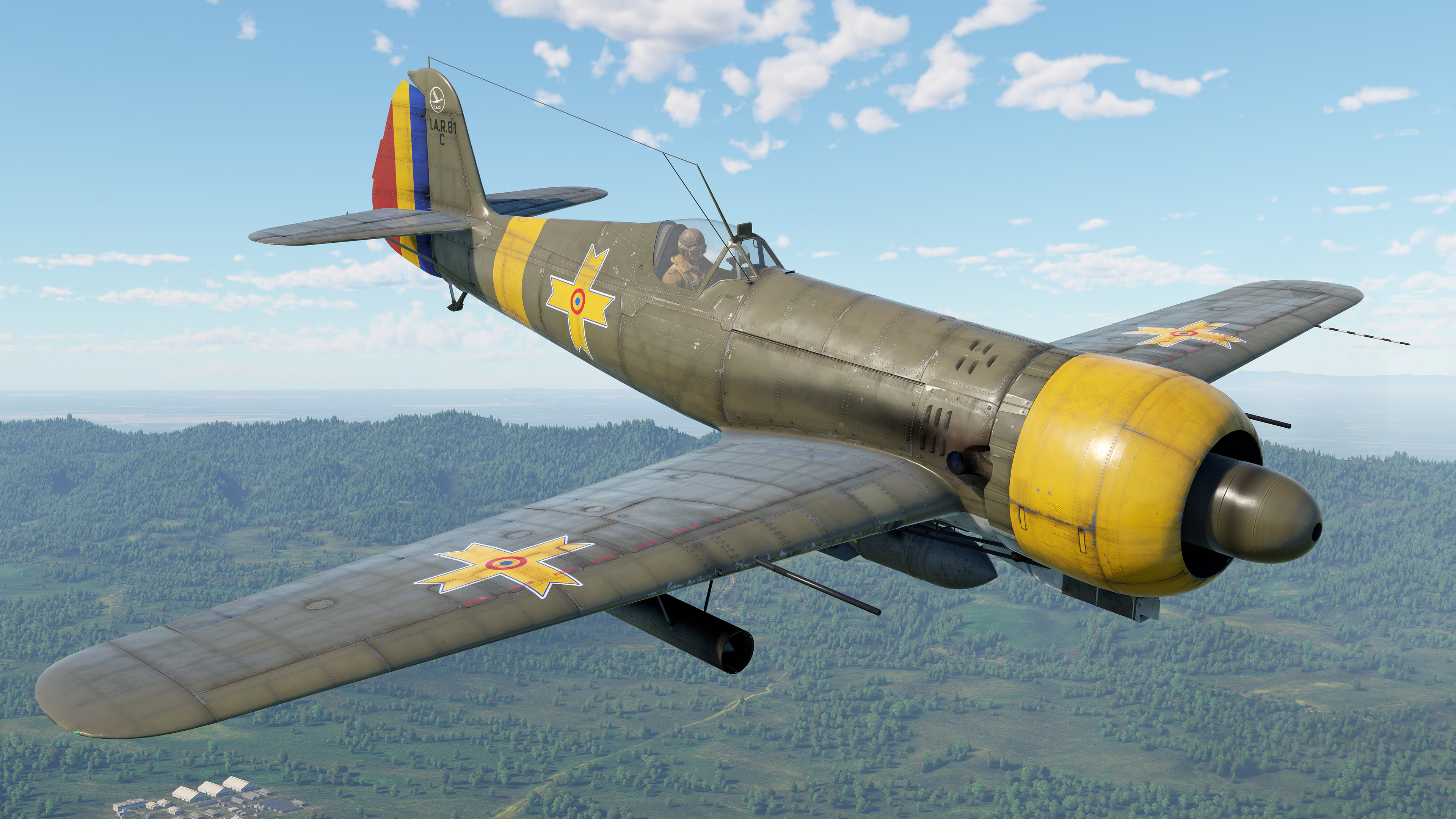

The German attack began on July 5, and 38 divisions, nearly half of which were armored, began moving from the south and the north. In early July, Germany and the USSR concentrated their forces near the city of Kursk in western Russia, site of a 150-mile-wide Soviet pocket that jutted 100 miles into the German lines. As events would show, after this battle Germany could not even defend successfully.The Battle of Kursk, involving some 6,000 tanks, two million men, and 5,000 aircraft, ends with the German offensive repulsed by the Soviets at heavy cost. After Citadel Germany was unable to mount further major offensives against the Soviet Union. Citadel depleted what was left of the German strategic reserves. The significance of Citadel was that it destroyed the remaining German offensive strength. However, it would be more appropriate to say that Germany was defeated by the combined effects of the Battles of Moscow in 1941, Stalingrad in 1942, and Kursk in 1943. Citadel was the decisive battle on the Eastern Front in World War II because after this battle the initiative passed to the Soviets, who would never lose it again. The results are important because, with Citadel being the greatest tank battle of the war, it has many lessons that are still important to the conduct of todays Army operations. Sources include books, journals, articles, theses, and dissertations. This study used Soviet, Anglo-American, and German primary and secondary sources. However, many authorities consider Citadel the decisive turning point. Probably most Western historians believe that Stalingrad was the decisive battle on the Eastern Front. Unfortunately, there is a general lack of knowledge about this battle. This was the greatest tank engagement of World War II. Abstract: This is a study on the results of Operation Citadel, the Battle of Kursk.


 0 kommentar(er)
0 kommentar(er)
